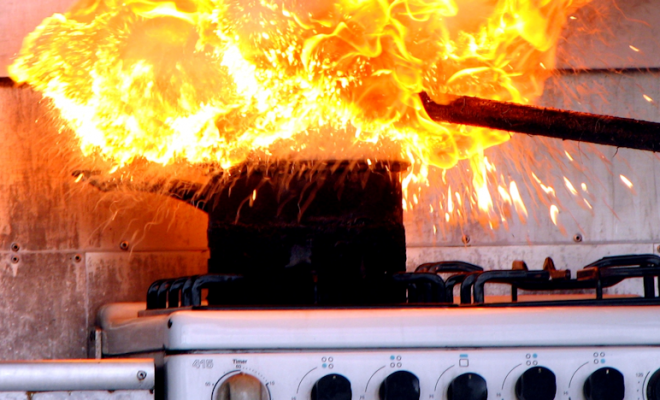News Archives
National Burn Awareness Week

|
| “Burning issues in the kitchen” is the theme for the 2022 National Burn Awareness Week from the American Burn Association, running February 6-12, highlighting the ways in which people can prevent burns in their everyday kitchen habits. Cooking remains the number one cause of home fires and home fire injuries. Non-fire cooking related burns far exceed the number of reported home cooking fires, with approximately 70,000 cooking related burn visits to U.S. emergency departments annually during the time period of 2015-2019. According to a July 2020 NFPA data report, Non-Fire Cooking Burn Injuries, contact with a range or oven, cookware scald, and tableware or cup scald were the top three causes of burns culminating in a visit to an emergency department. As the kitchen is often the hub of home activity and multi-tasking, residents need constant reminders to take simple precautions to prevent fire and burns. The 2020 Edition of the NFPA Fire and Life Safety Educational Messages Desk Reference has up to date messaging on cooking and burn safety for Fire and Life Safety (FLS) Educators to use in their efforts. Key cooking burn prevention messages include: Children under five accounted for 51% of tableware or cup scald burns seen in the ED during 2015-2019. Teaching children that hot things burn and keeping them a safe distance from hot appliances and foods/liquids is key to reducing the risk of a burn. The Pre-K to Grade 2 Learn Not to Burn® curriculum allows educators in a variety of settings to implement burn prevention education while aligning with core curriculum standards, and our Cooking Safety Checklist provides a quick reference to keep on your refrigerator as reminders of cooking safety. The newly updated Sparky.org website, which allows kids to join Sparky's Fire Safety Club, has engaging and downloadable resources, videos, and games to teach children about preventing fire and burns, empowering them to keep safe. These include: Celebrate Burn Awareness Week with resources from the American Burn Association, and NFPA and learn more about advocacy and resources for burn survivors available from the Phoenix Society for Burn Survivors. Information source - NFPA |
